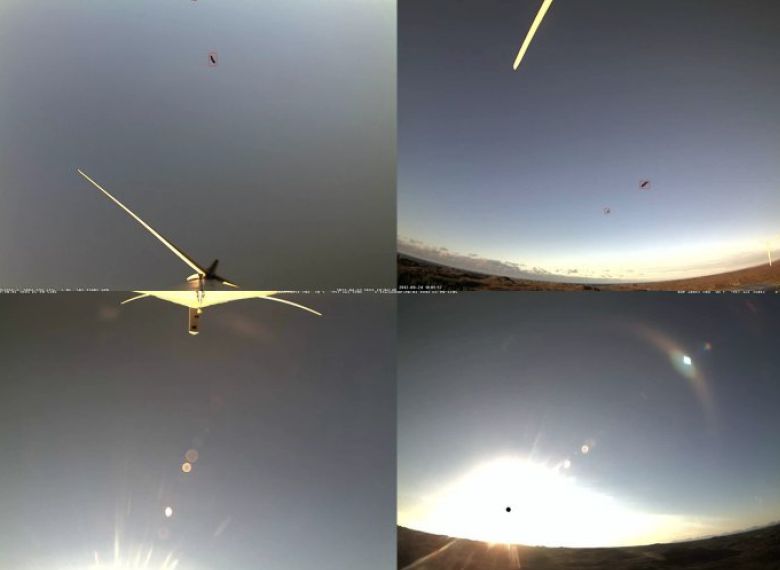One of the problems of installing a wind farm in an area with a dense bird population is the possibility of impacts between the rotating blades and the animals.
A standard solution used in the industry is the use of a (very expensive) bird radar, a quasi-military technology that can spot very small flying objects and stop the turbines (hopefully) in time.
Working at the development of a wind farm in Jordan we have discovered the existence of an alternative: a Spanish company (Liquen) is developing an “artificial vision” system to be installed on the WTGs.
Basically the system is composed of 2 sets set of high definitions cameras installed on the WTGs or on the MET mast that are filming the space around the turbines, plus speakers for dissuasion sounds.
The software can analyze the images in real time and recognize if a bird is flying toward the machine. If this is the case, several countermeasures are possible:
- Warning and dissuasion, using annoying signals. Clearly this signals are optimized to the type of birds in the area
- Stop control, whit short duration (<2 minutes) stop of the affected turbine and automatic restart to minimize production loss
According to the company, real time detection is really fast (less than 1 second) and it is possible including in adverse weather conditions (fog, snow, rain) whit a very low power consumption.
The main problem that I see is that the system is effective only when there are at least 200 Lux (that is, from sunrise to sunset). So there is a clear problem with nocturnal birds – I wonder if in the future it will be possible to integrate the system with some kind of night vision, like the military infrared technology.
Another weak point is the low detectability of very small bird (12 centimeters or less): they can be easily spotted only if they came in a large group.
This technology looks promising and it’s not so “embryonic”: it has already been installed in a Vestas wind farm in Greece and several other wind farms around Europe (Spain, Norway and Greece).
If you are interested you can find more information in the DTBird Brochure or in the results of a study in a real wind farm in Norway.

Leave a Reply